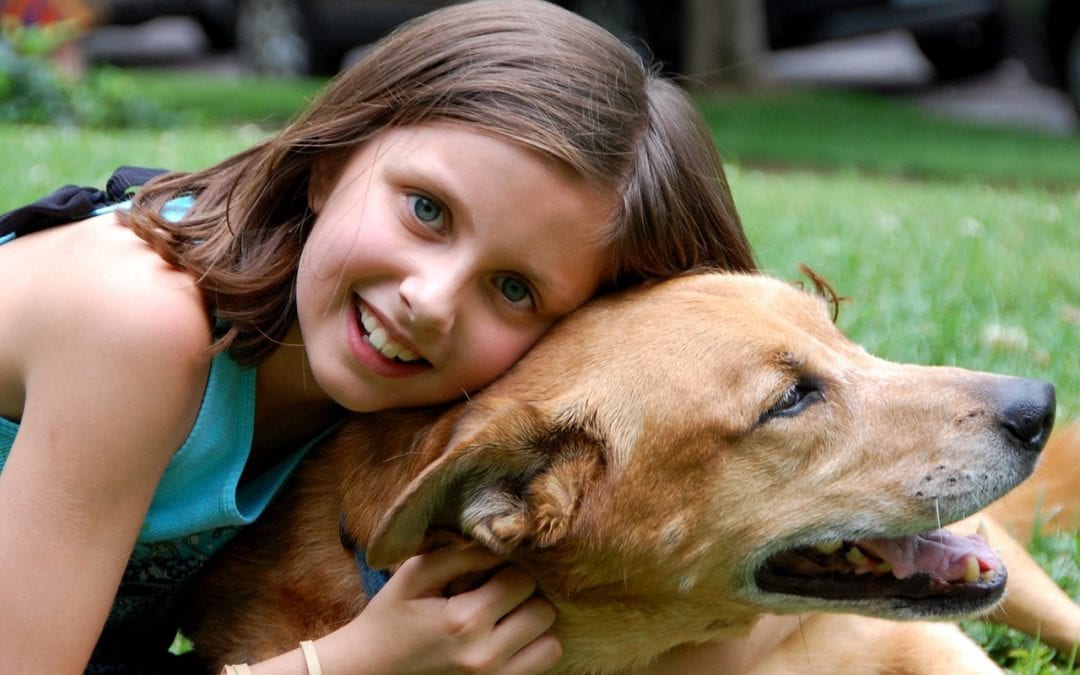In addition to helping your pet feel their best while they’re visiting us at Aspen Animal Hospital, we also want them to live fulfilling lives at home. Wellness programs allow us to diagnose diseases and conditions early when they’re easier to treat or manage. Often, we can help prevent diseases entirely, just by ensuring that your pet has received appropriate vaccinations and preventives. We recommend that healthy adult dogs and cats visit us once a year. Puppies, kittens, senior pets, and pets with health issues or illnesses need more frequent checkups. We’ll work with you to create an individualized wellness program, including a vaccination and prevention protocol customized specifically to your pet.
Now let’s talk about life at home. Children and pets are sweet together, but as sweet as it may look when a child cuddles up with a dog or cat, the situation may not always be safe. Here are three tips to ensure your family members—human and animal—stay safe when they interact.
#1: Learn your pet’s body language
When animals feel fear, anxiety, or stress, they show signs that may not always be obvious. Signs of stress in dogs include:
- Yawning
- Lip licking
- Tense body and mouth
- Furrowed brow
- Drooling
- “Whale eye” (turning away the head, but still looking at the perceived threat and showing the whites of the eyes)
- “Smiling” (showing the teeth)
Cats experiencing stress or anxiety may exhibit:
- Tense body posture
- Twitching ears
- Flicking tail
- Partially flattened ears
- Wide eyes with dilated pupils
Learn the common body language of dogs and cats to prevent negative interactions between pets and children.
#2: Teach children how to properly handle pets
Children are taught to use manners when they interact with other humans. They should also be taught proper manners with animals, including the appropriate way to pet dogs and cats and how to treat all animals with respect. Children need to know:
- How to approach a pet
- When to leave a pet alone
- Safe areas to pet an animal
- Animal body language cues
Don’t stop at explaining how to treat animals—be sure you also explain why treating pets properly is important.
#3: Supervise pets and children when they’re together
Close supervision when pets and children are together is essential. Even children who have been taught good pet manners can accidentally stumble over a sleeping dog or get too close to a dog’s food bowl. Be vigilant to prevent accidents.
Have any questions? Do not hesitate to contact us!
